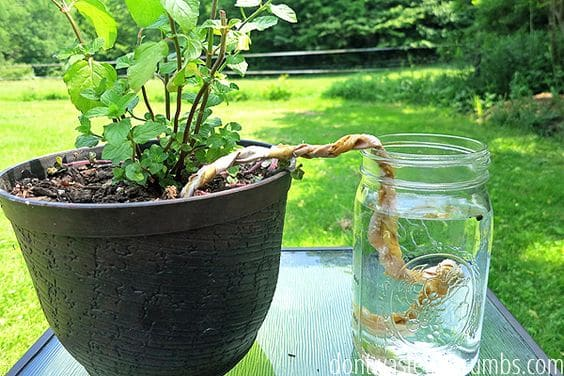
In a world where climate change, water shortages, and food security are some of the biggest challenges, smart planting has become a game-changer. From modern cities to rural farmlands, people are now using technology, data, and innovative methods to grow plants more efficiently and sustainably.
Smart planting is more than just putting seeds in the ground. It combines science, technology, and eco-friendly practices to grow healthier plants, save water, and increase crop yields. With the global population expected to reach 10 billion by 2050, experts believe smart planting will play a key role in ensuring there is enough food for everyone.
Smart planting is the use of technology-driven methods to make planting more effective and sustainable. It includes tools such as:
These innovations allow people to use fewer resources but grow more plants, making farming and gardening both cost-effective and eco-friendly.

Smart planting is not only for farmers; city residents are also adopting it. Urban families are turning to smart gardening kits that connect to mobile apps. These kits remind users when to water plants, add fertilizer, or change light conditions.
For example, hydroponic systems, where plants grow in water instead of soil, are becoming popular in apartments. These systems use 90% less water and allow people to grow fresh herbs, lettuce, and even strawberries inside their homes.
Technology has transformed the way we think about plants. Some of the most exciting innovations include:
These tools make farming smarter, faster, and more eco-friendly.

Cities with desert climates, like Dubai, are already investing in smart planting. Vertical farms powered by artificial intelligence and hydroponics are producing fresh vegetables all year round, without relying on imported food.
In Singapore, one of the world’s most urbanized countries, the government promotes “30 by 30”, a plan to produce 30% of the country’s food locally by 2030 using smart planting.
Such examples show how smart planting is not just a trend but a necessity for future food security.
While the benefits are clear, there are also challenges:
Experts believe that as technology becomes cheaper, more farmers and households will adopt smart planting.
The future of farming and gardening will be data-driven. Farmers will no longer depend only on experience; they will rely on apps, sensors, and AI for decision-making. Cities will grow food on rooftops, in abandoned warehouses, and even underground.
Scientists are also developing genetically smart seeds that can resist drought and pests. Together with smart planting systems, these seeds will ensure stable food production even in difficult environments.
Smart planting is not just about technology it is about creating a balance between nature and modern life. Whether it is a farmer trying to feed thousands of people or a family growing vegetables on their balcony, smart planting offers solutions for everyone.
With climate change and urban growth, the way we plant today will shape the way we live tomorrow. And with the rise of smart planting, the future looks greener, smarter, and more sustainable.
READ MORE:- Shobha Realty Launches Its Most Luxurious Project Yet—Full Details Inside 2025
